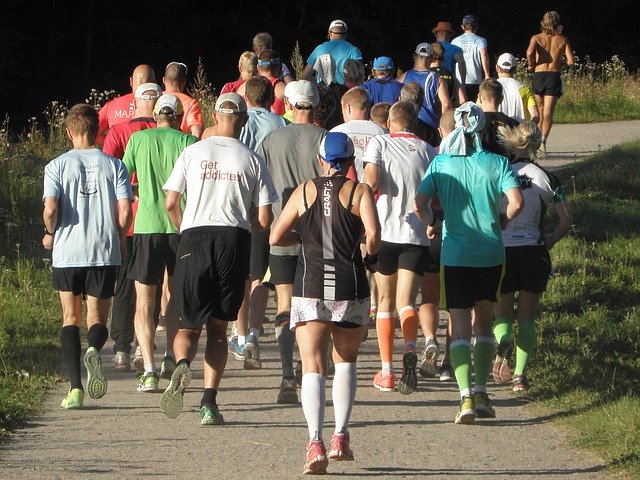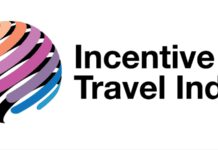
For meeting planners, stress is up while funding for wellness at meetings remains inconsistent, according to the latest research from the Incentive Research Foundation.
Funding for wellness at meetings and incentive programs is a goal, but strategies remain elusive for most companies, according to the annual “Wellness in Incentives” study, conducted by the IRF in conjunction with Prevue. Preliminary results of the research were presented at the recent Meet Well Summit in January in Marco Island, FL.
“The most interesting finding was that while companies have a very strong focus on wellness programs for employees, it is not translating into their meetings, events, and incentives in a consistent way. Respondents indicated that companies often lack the strategy and funding around how to incorporate wellness into events,” said Stephanie Harris, IRF President.
__________________________________________
You Might Also Be Interested In
A List of Prevue’s Articles on Wellness
Highlights from the Fourth-Annual Meet Well Summit
__________________________________________
Additionally, at a time when individuals are increasingly focused on wellness, the study shows an increase in the impact the stress of meeting planning has on planners in their lives as evidenced by a 10 percent increase in (those ticking off) the top two (high stress) boxes year over year, said Harris. “While planners have a variety of approaches for managing stress, many noted that their very nature is to put others first, so they do not consistently take time for themselves while working on a program.”
Other key findings about wellness at meetings:
• 65 percent of respondents said their meetings are “somewhat” or “not at all” healthy
• Only one-quarter said their companies include wellness-centric activities in incentive agendas always or most of the time
• Of the wellness inclusions, the most common were spa (89 percent), locally sourced food (86 percent) and yoga (73 percent)
• On a positive note, 41 percent of respondents said they included more time on agendas for wellness-focused activities in 2019 than in 2018.
The full study will be released in February. Along with statistical findings, the study will share verbatim comments that offer insights and ideas for incorporating wellness into meetings in a low-cost way, as well as ideas for how planners can help manage stress while on site.










